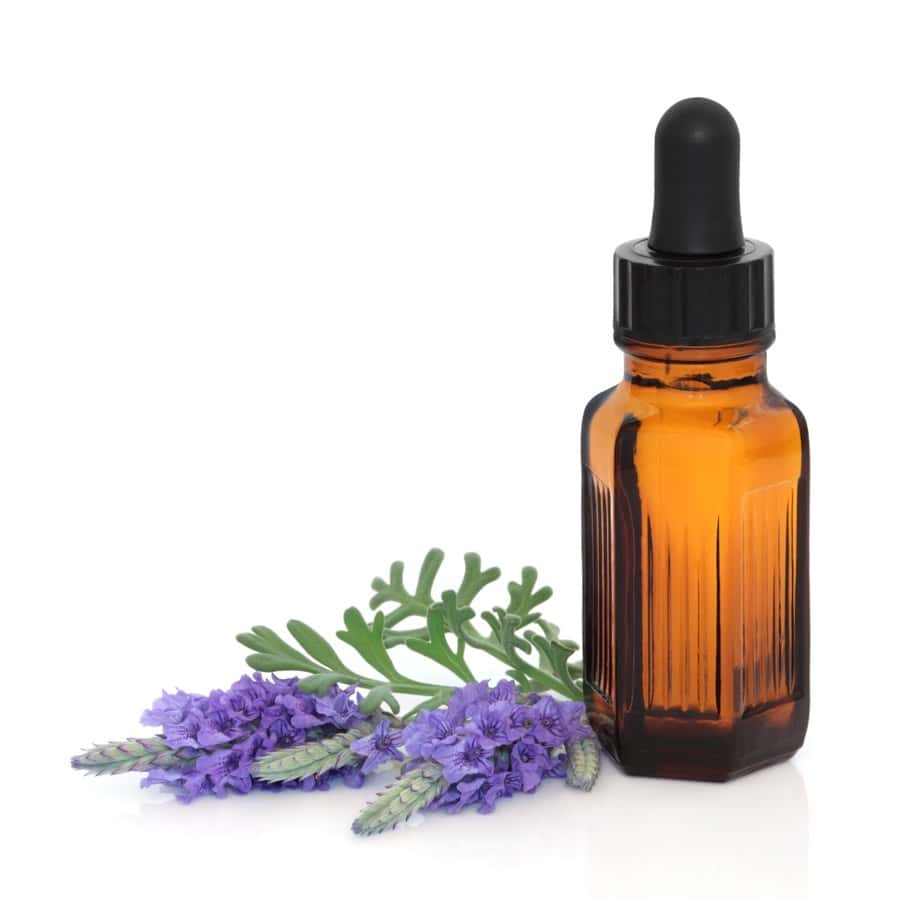
Many people have a very difficult time managing their arthritis pain. Perhaps they take NSAID drugs such as ibuprofen or naproxen. Although these medicines can help temporarily with pain relief, they also can have significant side effects. Other people search for alternative approaches such as foods with anti-inflammatory properties. Sometimes sufferers try herbs such as boswellia or turmeric.
Essential Oils for Arthritis Pain:
Q. I have osteoarthritis in my knee. By accident, I found that applying a product with essential oils of lavender, mint, chamomile, rosemary, eucalyptus and birch bark really eases the pain. It goes by the name Two Old Goats.
What Does the Science Say?
A. Thanks for sharing your discovery. There’s not much research in this area, but spearmint oil seems to help ease arthritis pain (Complementary Therapies in Clinical Practice, Feb. 2017).
Lavender Oil:
Lavender oil massage of painful joints appears useful as well (Complementary Therapies in Clinical Practice, Nov. 2016).
Rosemary Oil:
In addition, rosemary oil also helps to ease arthritis pain. Research in rats suggests that it works by influencing serotonin and opioid receptors (Planta Medica, April 2009).
Chamomile Oil:
A relatively recent study of chamomile oil showed that some of its components block cyclooxygenase (COX). This is the same enzyme that diclofenac and other NSAIDs inhibit (Biomedicine and Pharmacotherapy, March 2016). Unlike diclofenac, chamomile extract does not appear to damage the digestive tract. In fact, a trial of topical chamomile oil demonstrated that this product reduced arthritis pain in knees better than diclofenac did (Complementary Therapies in Clinical Practice, Aug. 2015).
Eucalyptus Oil:
On the other hand, we haven’t seen any studies of eucalyptus oil to ease sore joints. Despite this, Vicks VapoRub, which contains eucalyptol as well as menthol and other essential oils, has long been used to alleviate muscle pain.
Chamomile Tea for Pain Relief:
We heard recently from a reader who tried an aqueous extract of chamomile (aka chamomile tea) for topical pain relief. You may find this report as interesting as we did.

Q. The hole in my ear lobe had grown closed, and I would like to wear earrings again. So I visited a piercer who re-opened it.
When it became uncomfortable two days later, I was advised to apply brewed chamomile tea to the area several times a day but nothing else. This offered amazing relief. What else can this brew be used for?
A. We were fascinated by your report. Chamomile tea has been used topically to treat eczema, but we did not know it could provide pain relief. A search of the medical literature revealed that chamomile has long been used to treat wounds, bruises, burns, hemorrhoids and other skin irritations (Molecular Medicine Reports, Sept. 27, 2010). Research confirms the value of its analgesic properties (Life, March 25, 2022).
Learn More:
Those who would like to know more about managing their joint pain may find our online Guide to Alternatives for Arthritis useful. Those who purchase a link to access this online resource will find a wealth of information about medications and nondrug approaches. The Guide is too long to print, but we have also made it available in book form.
In addition, you will find more data on chamomile, rosemary and lavender in our book Spice Up Your Health: How Everyday Kitchen Herbs & Spices Can Lengthen & Strengthen Your Life.
Citations
- Mahboubi M, "Mentha spicata as natural analgesia for treatment of pain in osteoarthritis patients." Complementary Therapies in Clinical Practice, Feb. 2017. DOI: 10.1016/j.ctcp.2016.11.001
- Nasiri A et al, "Effect of aromatherapy massage with lavender essential oil on pain in patients with osteoarthritis of the knee: A randomized controlled clinical trial." Complementary Therapies in Clinical Practice, Nov. 2016. DOI: 10.1016/j.ctcp.2016.08.002
- Martinez AL et al, "Antinociceptive effect and GC/MS analysis of Rosmarinus officinalis L. essential oil from its aerial parts." Planta Medica, April 2009. DOI: 10.1055/s-0029-1185319
- Ortiz MI et al, "Isolation, identification and molecular docking as cyclooxygenase (COX) inhibitors of the main constituents of Matricaria chamomilla L. extract and its synergistic interaction with diclofenac on nociception and gastric damage in rats." Biomedicine and Pharmacotherapy, March 2016. DOI: 10.1016/j.biopha.2016.01.029
- Shoara R et al, "Efficacy and safety of topical Matricaria chamomilla L. (chamomile) oil for knee osteoarthritis: A randomized controlled clinical trial." Complementary Therapies in Clinical Practice, Aug. 2015. DOI: 10.1016/j.ctcp.2015.06.003
- Srivastava JK et al, "Chamomile: A herbal medicine of the past with bright future." Molecular Medicine Reports, Sept. 27, 2010. doi: 10.3892/mmr.2010.377
- El Mihyaoui A et al, "Chamomile (Matricaria chamomilla L.): A review of ethnomedicinal use, phytochemistry and pharmacological uses." Life, March 25, 2022. DOI: 10.3390/life12040479

